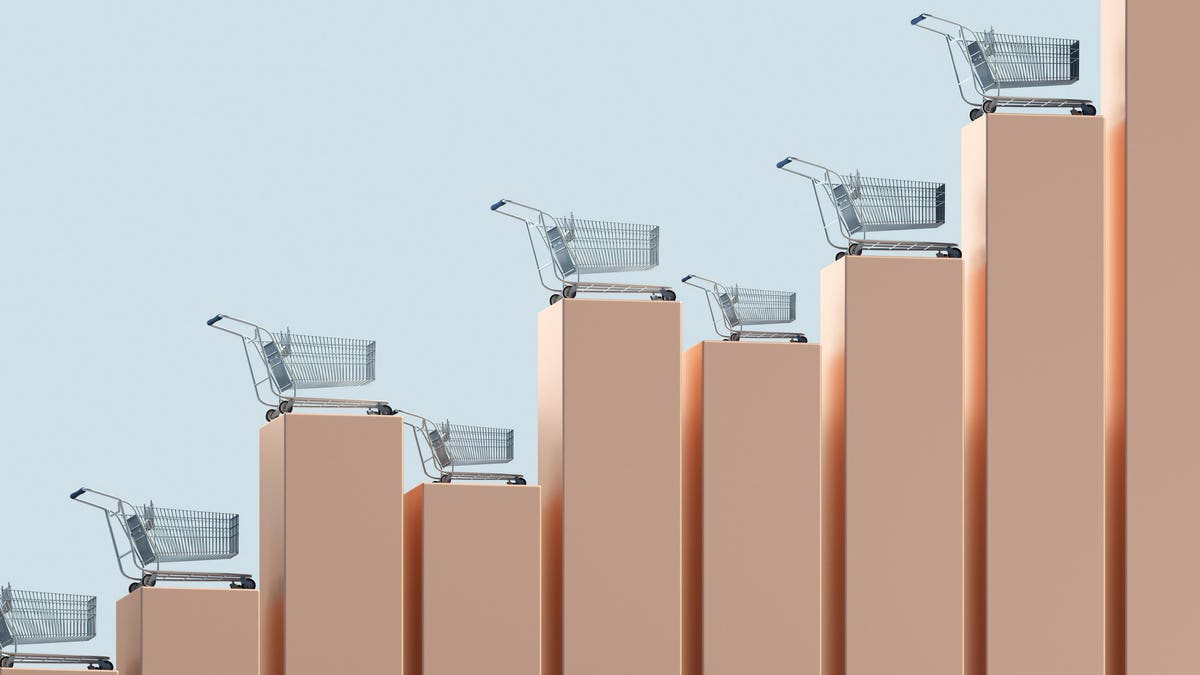Imagine, for a moment, that the following hypothetical headline described the current state of our economy:
US in Recession: High Prices Drive Household Spending Down 1.2%.
We can hypothetically assume that, under those conditions, the stock market would have crashed. Jobs would have been lost, consumers would be hunkered down, and retail bankruptcies would be flourishing. There would be plenty of economic pain to go around.
Welcome to Germany as of this April. Federal officials there recently reported that the country’s GDP fell for the second quarter in a row, by definition putting the country’s economy in recession. German GDP fell 0.3% on top of a 0.5% drop in the fourth quarter.
That may not sound so bad, but couple it with that country’s blistering inflation rate (7.2% vs. 4.9% in the US), and you’ve got the elements for a chronic downturn. German household spending in April fell by 1.2%, versus the 0.4% increase in US consumer spending reported by the Commerce Department.
To many of us in the retail industry — which is two-thirds of the US economy — the relentless debate about whether and when the US will also sag into an inflation-driven recession is starting to wear thin. If nothing else, the facts continue to betray the forecasters. For starters, the retail majors turned in the first quarter (ended April 29) earnings that were, on balance, better than expected.
So, what’s really going on here?
For starters, it’s hard to capture what’s happening on the ground from a single statistic. The headline inflation number for April was 4.9% — prices a year ago versus today — but a big chunk of the increase happened a year ago. The Federal Reserve’s core personal consumption expenditures price index rose by just a tenth of a percent.
Noted financial journalist Allan Sloan recently wrote a column unpacking the inflation statistics, pointing out that by excluding the big jump last spring — old news — prices increased in the ten months from last July through this April by only 2.8%. On an annualized basis, Sloan estimates that inflation has been running closer to 3.1%, a huge difference that would likely halt the Federal Reserve’s need to raise interest rates to slow the economy.
He concludes, “During the past 9 or 10 months, depending on which metric you use, inflation has fallen sharply.”
Where the inflation meme runs out of steam is when you look at the trend in consumer spending. While Germany’s economy was sputtering, the Commerce Department reported that consumer spending increased in April by 0.8%, on top of 0.1% in February and March.
“The bottom line is that consumers still have the means to spend,” according to Well Fargo economists Tim Quinlan and Shannon Seery, as quoted by Bloomberg. “Whereas in the early days of the excess pandemic, savings afforded households the ability to splurge on goods, today a sturdy jobs market and steady real income gains are supporting consumption.”
If you still think inflation in the US is high, ask yourself whether you would drive an extra five miles today — which you may well have done a year ago when gasoline was $5 — to save 10 cents a gallon. Or consider this startling fact: adjusted for inflation, a gallon of gasoline costs less today, in terms of buying power, than it did fifty years ago.
Read the full article here


